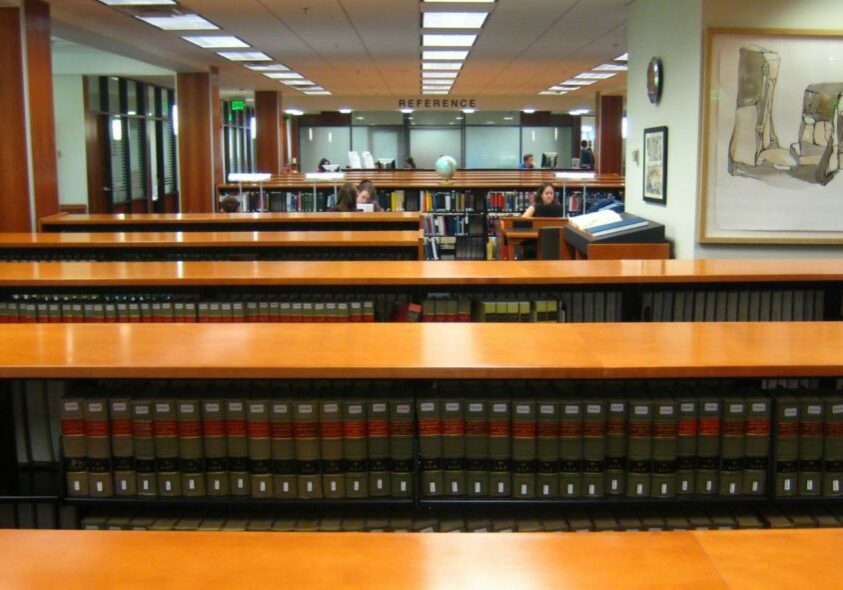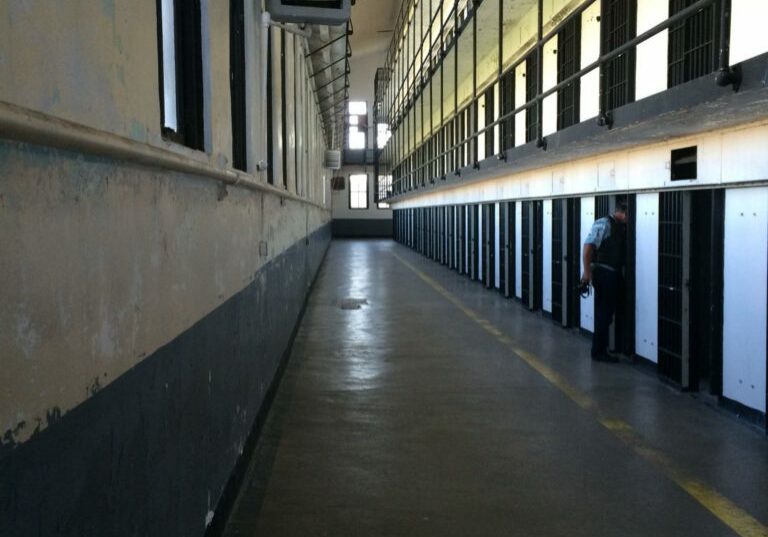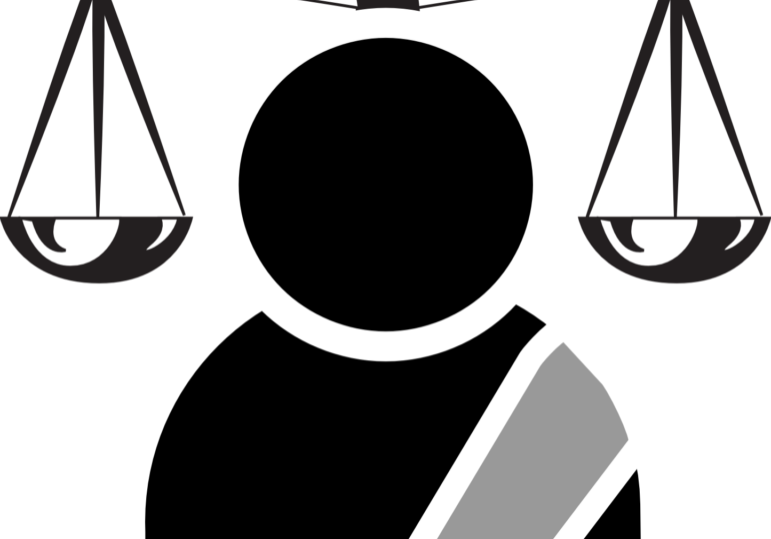Attacking the Guilty Plea: The ‘Voluntarily and Knowingly Made’ Standard
Guilty Pleas After Conviction
 Attacking the guilty plea is probably one of the least understood concepts in the post conviction world, even though more than 95 percent of state and federal convictions are the direct result of a guilty plea. In 2018 alone, there were 73,109 federal convictions with 71,550 of them by way of a guilty plea, according to the Administrative Office for the U.S. Courts. State courts largely track the same way.
Attacking the guilty plea is probably one of the least understood concepts in the post conviction world, even though more than 95 percent of state and federal convictions are the direct result of a guilty plea. In 2018 alone, there were 73,109 federal convictions with 71,550 of them by way of a guilty plea, according to the Administrative Office for the U.S. Courts. State courts largely track the same way.
Why are guilty pleas so prevalent? Because they’re easy. It’s an easy “win” for the prosecutor, and courts love them because they don’t require much work. In and out — next case!
So, the last thing a court wants to do is revisit a case it thought was final upon hearing the words “I’m guilty.” For this reason, the hurdles to successfully challenge a guilty plea are high. Very high.
In this first installment in my series of columns on attacking the guilty plea, we’ll go over what it means for a guilty plea to be “voluntarily and knowingly made,” which is the standard the court uses to decide if a guilty plea can be attacked. It’s crucial that you understand this before challenging your guilty plea.
A PLEA MUST BE ‘VOLUNTARILY AND KNOWINGLY MADE’
What does it mean for a plea to be “voluntarily and knowingly made”? While courts tend to conflate these two terms, in reality they are two distinct requirements that must be met before a plea can be accepted by a court.
To be “voluntary,” a plea must be of your own free will. This means that the court cannot accept your plea if it’s induced by coercion, false promises, or threats. Machibroda v. United States, 368 U.S. 487 (1962).
What would this look like? Imagine that the prosecutor offered you a deal that if you plead guilty, he won’t charge your wife with the same crime and throw her in jail, effectively making your kids orphans. If the prosecutor couldn’t really make a case against your wife because he lacked probable cause, your plea would likely be considered made under threats and deemed void. United States v. Whalen, 976 F.2d 1346 (10th Cir. 1992); United States v. McElhaney, 469 F.3d 382 (5th Cir. 2006).
However, threatening life in prison, if you don’t plead guilty, is not coercion. United States v. Creighton, 853 F.3d 1160 (10th Cir. 2017) (“the Supreme Court has squarely held that a prosecutor may threaten to charge a greater offense if a defendant will not plead guilty to a lesser one, as long as the prosecutor has probable cause to believe the defendant committed the greater offense”).
While some judges have criticized this method of inducing a plea, they have yet to convince enough judges to agree to stop this questionable practice by prosecutors. Garcia v. Herbert, 2018 U.S. Dist. LEXIS 203454 (E.D.N.Y. Nov. 30, 2018) (District Judge Weinstein’s 100-plus page opinion criticizing the prosecutor’s “vindictiveness” and the “trial penalty,” after a defendant refused to plead guilty).
The “knowingly” aspect of a plea is a little more involved. A plea is knowingly made when a person understands the rights he is waiving by making it, e.g., the right to a jury trial, and also understands the consequences of the plea, i.e., sentencing exposure.
Bad legal advice to enter a plea can render a guilty plea not “knowingly” made.” While courts have generally held that counsel’s wrong predictions on sentencing don’t make a guilty plea unknowing, they do agree that counsel should at least do some research on the law pertaining to the case before making any suggestions to plead guilty. Brock-Miller v. United States, 887 F.3d 298 (7th Cir. 2019) (counsel’s failure to investigate and determine that a prior conviction could not support an enhancement that would have doubled the sentence, before advising the client to plead guilty to avoid the enhancement, constituted ineffective assistance).
What would bad advice that would make a plea not “knowingly” made” look like? In Pidgeon v. Smith, 785 F.3d 1165 (7th Cir. 2015), the defendant pleaded guilty on the advice of his lawyer that he would face mandatory life in prison without parole because of a qualifying prior conviction, if he didn’t take the plea deal. However, the prior conviction didn’t actually qualify to trigger the mandatory life sentence. If counsel had done the research and properly advised the client, he wouldn’t have pleaded guilty, the Court concluded.
So, how does a court determine whether a guilty plea is voluntarily and knowingly made? It holds a hearing.
THE GUILTY PLEA HEARING
It used to be that the events leading up to a guilty plea played out in secret. The prosecutor and the defense would get together and hammer out a deal where the defendant would agree to plead guilty in exchange for some concessions. Maybe there were some promises made, and maybe some threats were used. The parties would then go before the court, and everyone would say that no promises were made. And the court would accept the guilty plea. Essentially, it was all lies, and everyone knew it. But it worked this way for a long time. Santobello v. New York, 404 U.S. 257 (1971). But when defendants started challenging their convictions, saying that they were made promises or threatened, there was nothing to refute or support their claim. There was no record of the plea negotiations other than, usually, some cookie-cutter form the defendant signed saying that he was guilty and that the plea was a knowing and voluntary decision.
The U.S. Supreme Court wasn’t happy with this state of affairs. In Blackledge v. Allison, 431 U.S. 64 (1977), the Court addressed this exact scenario and held that a defendant’s statements at the plea hearing are what really matter. Under Federal Rule of Criminal Procedure 11, there are about 16 points that the court must go over with a person pleading guilty, such as whether anyone made promises and the sentencing range he faces.
The Court said that a defendant’s statements at this Rule 11 hearing create a “formidable barrier” to any later challenge to the guilty plea. “Solemn declarations in open court carry a strong presumption of verity,” the Court said. However, the Court did acknowledge that no method of ensuring that a plea is knowing and voluntary is so “perfect” as to avoid a challenge and that this “formidable barrier” is “not invariably insurmountable.”
Lower courts, though, seem to ignore this second part of Blackledge, stopping at the “formidable barrier” part in denying prisoners’ challenges to their guilty pleas. It’s also one of the government’s favorite quotes in response to a guilty plea challenge. The way lower courts and the government present the Blackledge decision you’d never know that Allison (the prisoner challenging his guilty plea in that case) actually won his case before the Supreme Court.
NO “PER SE” RULE THAT PLEA HEARING STATEMENTS FORECLOSE RELIEF
Because the plea hearing is not a “perfect” method for ensuring that a guilty plea is knowing and voluntary, Blackledge instructed that a court may not adopt a “per se” rule that a defendant’s statements at the plea hearing automatically foreclose any challenge to his guilty plea.
This ruling was in 1977, and four decades later, courts are still tossing guilty plea challenges solely on the basis of the admissions made at the plea hearing. Winthrop-Redin v. United States, 767 F.3d 1210 (11th Cir. 2014). But a closer look reveals the problem: Courts are almost always relying on case law foreclosing direct challenges to guilty pleas.
A direct challenge to a guilty plea would go something like this: A defendant pleaded guilty and admitted his criminal conduct at the plea hearing, which is common. On direct appeal, he brings a challenge to his plea, arguing that he’s not really guilty of the crime by citing alleged errors in his case. The court then points to his statements he made under oath at the plea hearing that he in fact committed the crime and thus rejects the challenge. United States v. Gonzalez-Mercado, 808 F.2d 796 (11th Cir. 1987).
In Winthrop-Redin, the U.S. Court of Appeals for the Eleventh Circuit relied on Gonzalez-Mercado to summarily reject a collateral attack on a guilty plea. But a collateral attack on a guilty plea is not the same as a direct attack. As the name implies, a collateral attack cannot be a direct attack.
The Supreme Court has explained that in a collateral attack on a guilty plea, a prisoner “may only attack the voluntary and intelligent character of the guilty plea by showing that the advice he received from counsel” was wrong. Tollett v. Henderson, 411 U.S. 258 (1973) (emphasis added). It’s all about the advice to plead guilty in a collateral attack and not the plea itself.
Some courts have correctly recognized this distinction. In Tovar Mendoza v. Hatch, 620 F.3d 1261 (10th Cir. 2010), the U.S. Court of Appeals for the Tenth Circuit reversed the district court’s denial of a plea challenge on collateral review that was based entirely on the defendant’s statements at the plea hearing. The district court had held that “even accepting all of Tovar’s claims regarding [his lawyer’s] promises as true, however, they cannot excuse [Tovar’s] blatant and repeated misrepresentation under oath [at the plea hearing] … that he had read the plea agreement and no one had promised him anything.” But the Court of Appeals found that Tovar’s lawyer lied to him and then coached him on what to say at the plea hearing. “The district court’s conclusion overlooks the fact that Tovar’s responses during the plea colloquy were … a courtroom ritual more sham than real,” the Court said.
One important point about Tovar’s case is that he made specific, factual allegations in his claims that required the district court to hold an evidentiary hearing. The magistrate judge who presided over the hearing recommended that relief should be granted. The district judge, however, rejected the magistrate judge’s recommendation and relied on Tovar’s plea hearing statements to deny relief. On appeal, the Tenth Circuit had a full record with which to work to find that the district judge had made a legal error by imposing the per se rule that Blackledge expressly rejected.
POINT TO EVENTS OUTSIDE THE RECORD IN YOUR CLAIMS
The Supreme Court gave some advice on how to present a challenge to a guilty plea in a collateral attack that would avoid the Rule 11 problem. In Blackledge, the Court reiterated that allegations relating “primarily to purported occurrences outside the courtroom” that the record, i.e., the plea hearing, could not refute were the types of claims that would require an evidentiary hearing. These types of claims, the Court has said, help avoid summary dismissal of the challenge.
But claims that are “conclusory” or “vague” hold no weight. Instead, present your claims and provide (1) any statements, threats, or promises made; (2) when, where, and by whom they were made; and (3) the identity of any witnesses to these facts. Key v. United States, 806 F.2d 133 (7th Cir. 1986).
CONCLUSION
The path to attacking your guilty plea is filled with pitfalls – all of them fatal. The Supreme Court has made it clear that a collateral challenge to a guilty plea requires challenging your lawyer’s advice that led you to plead guilty.
In my next column, we’ll discuss the ineffective assistance of counsel standard that must be met in order to challenge your lawyer’s bad advice to plead guilty.
This article originally appeared in the March, 2020 issue of Criminal Legal News. It is reprinted with permission. Copyright, 2020 Criminal Legal News.
Recommended for you
MVRA Restitution And Loss Amount Inadequate, Eleventh Circuit Holds
United States v. Mitchell J. Stein : Mitchell Stein, a former attorney, challenged the district court’s loss and MVRA restitution determination in a mail, wire, and securities fraud prosecution arguing that the Government had failed to demonstrate both factual and legal causation for the loss amount.Using the same standard for Stein’s loss and restitution challenge,…
Career Offender Enhancement Cannot Be Based On Texas Possession With Intent To Distribute Conviction
United States v. Tanksley – Career Offender Enhancement : Dantana Tanksley was previously convicted in Texas under Section 481.112(a) of the Texas controlled substances act of possessing with intent to distribute a controlled substance. He was later enhanced as a career offender under federal sentencing guidelines. Under the federal sentencing guidelines, an individual can be…
Attorney Abandonment Claim Remanded For A Hearing
Mark Christeson filed a motion to re-open his habeas proceedings under Rule 60(b) arguing that his attorney’s failure to timely submit his 28 U.S.C. § 2254 petition (used by state prisoners but similar to a 2255) constituted attorney abandonment. The abandonment issue was key to resolving whether “extraordinary circumstances” existed to warrant granting Rule 60…




